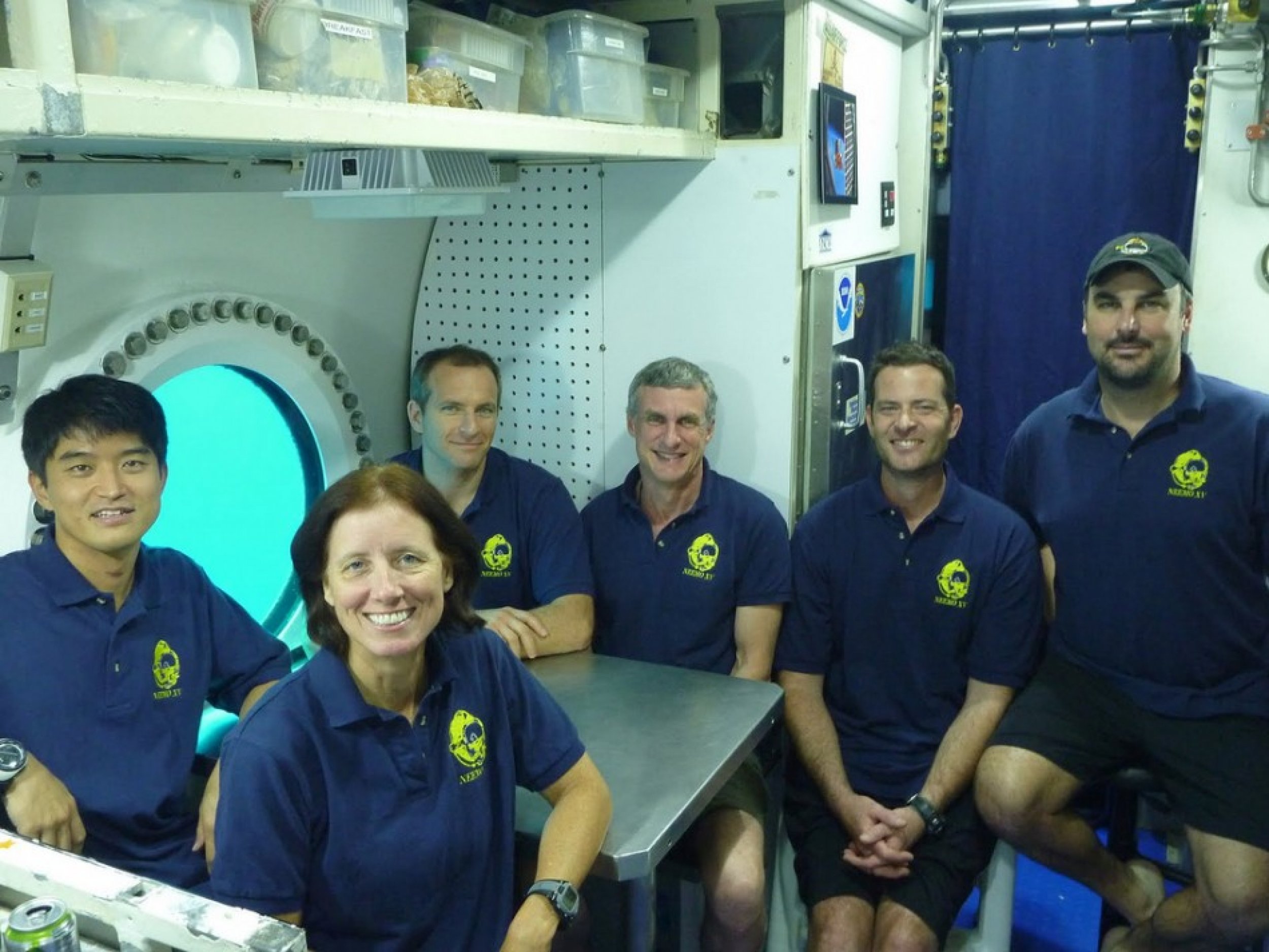NASA Halts Undersea Asteroid Mission Due to Hurricane Rina (Photos)
The 15th NASA Extreme Environment Mission Operations (NEEMO) ended ahead of schedule due to the predicted path of Hurricane Rina.
In a preparation for future space exploration, the six aquanaut crew lived in the Aquarius underwater research laboratory at Key Largo, Florida for five days.
Usually the mission is for 10 days, but due to the Hurricane Rina which heads towards Key Largo, the National Oceanic and Atmospheric Administration (NOAA), which operates the lab, determined Rina posed a risk to the safety of the mission taking place near the area.
Despite the length, we accomplished a significant amount of research, said NEEMO project manager Bill Todd. We're already learning lessons from working in this environment.
The six-member NEEMO crew -- Commander and NASA astronaut Shannon Walker, Japan Aerospace Exploration Agency astronaut Takuya Onishi, Canadian Space Agency astronaut David Saint-Jacques, Steven Squyres of Cornell University and James Talacek and Nate Bender of the University of North Carolina Wilmington -- kicked off this year's mission Oct. 20, after an initial delay caused by another storm in the area.
The aquanauts conducted six underwater spacewalks and one day of scientific research inside the Aquarius habitat. The crew completed four days of scientific asteroid exploration analog operations using the deep worker submersibles that stood in for the Space Exploration Vehicle. This year's mission was the first NEEMO to focus on operational concepts that would be used in human exploration of an asteroid.
NASA said the remainder of NEEMO 15 will not be rescheduled, and all media events are canceled. The NEEMO 16 mission is tentatively set for the summer of 2012.
The NEEMO crew focused on three different aspects of a mission to an asteroid surface. The first is anchoring to the surface of the asteroid. Unlike the Moon or Mars, an asteroid would have little, if any, gravity to hold astronauts or vehicles to its surface, so an anchor would be necessary.
It will require a method of connecting multiple anchors to form pathways in order to move around on the surface of an asteroid. The best way to connect these anchors was the second aspect of a near-Earth asteroid mission addressed by NEEMO 15.
Finally, since NASA's purpose in visiting an asteroid would be for scientific research, the third aspect of this mission investigated by NEEMO 15 was different methods of sample collection.
Take a glimpse of NEEMO 15 asteroid research under the sea.







© Copyright IBTimes 2024. All rights reserved.





















